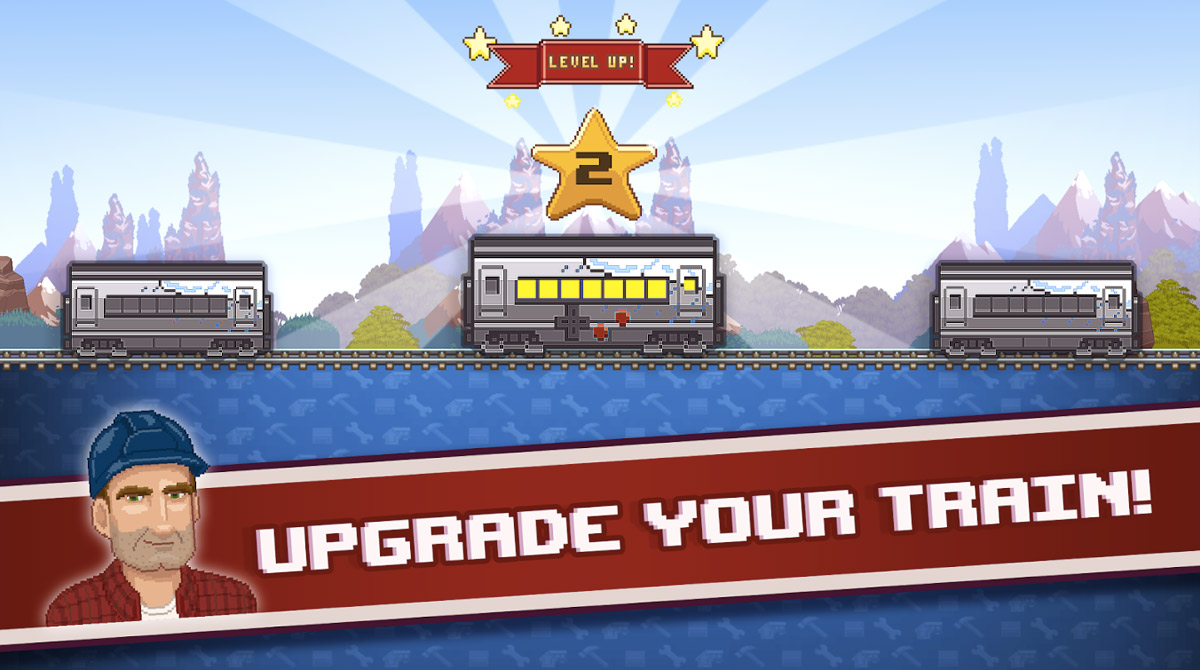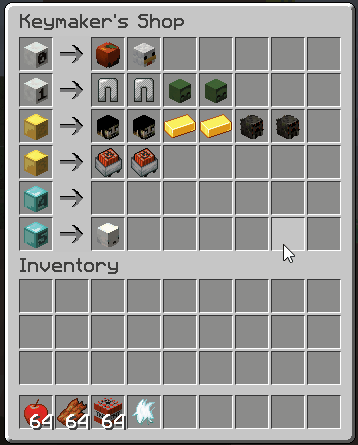

This is only a default for clients/configs that do not specify what TDS version they want to use. See the "Using TinyTDS with Azure" section below for more info.ĭo I need to configure -with-tdsver equal to anything? Most likely! Technically you should not have to. FreeTDS must also be compiled with OpenSSL (or the like) to use it with Azure. About the only requirement is that you compile it with libiconv for proper encoding support. OK, I am installing FreeTDS, how do I configure it? Contrary to what most people think, you do not need to specially configure FreeTDS in any way for client libraries like TinyTDS to use it.
#Tiny rails wiki deposit install
NOTE: Windows users of our pre-compiled native gems need not worry about installing FreeTDS and its dependencies.ĭo I need to install FreeTDS? Yes! Somehow, someway, you are going to need FreeTDS for TinyTDS to compile against. Below are a few QA style notes about installing FreeTDS. However, usage of TinyTDS with SQL Server 2000 or 2005 should be just fine. We also test with SQL Server 2008, 2014, and Azure. TinyTDS is developed against FreeTDS 0.95, 0.99, and 1.0 current. Please checkout one of the following posts that match your platform.
#Tiny rails wiki deposit how to
Optionally, Microsoft has done a great job writing some articles on how to get started with SQL Server and Ruby using TinyTDS. Use the freetds library placed under DIR.

TinyTDS is currently tested on Ruby version 2.0.0 and upward. Installing with rubygems should just work. TinyTds::Error - A wrapper for all FreeTDS exceptions.TinyTds::Result - Returned from issuing an #execute on the connection.TinyTds::Client - Your connection to the database.The API is simple and consists of these classes: The motivation for TinyTDS is to become the de-facto low level connection mode for the SQL Server Adapter for ActiveRecord. It also properly encodes all string and binary data. To date it is the only Ruby client library that allows client encoding options, defaulting to UTF-8, while connecting to SQL Server. It converts all SQL Server datatypes to native Ruby primitives while supporting :utc or :local time zones for time-like types. TinyTDS offers automatic casting to Ruby primitives along with proper encoding support.

The TinyTDS gem is meant to serve the extremely common use-case of connecting, querying and iterating over results to Microsoft SQL Server or Sybase databases from Ruby using the FreeTDS's DB-Library API. These depots are often ignored when your train travels naturally, so players have to manually place a waypoint for their train to travel to that destination through the Map screen.TinyTDS - Simple and fast FreeTDS bindings for Ruby using DB-Library. There are total of 8 depot, and each region contains one depot, except for North America which can house 4 depot.

Depot can store at an astonishing number of 4,000 cargo, so players wouldn't worry about running out of space to store.ĭepot can be accessible by building them through the side quest Cargo Depot. The Depot section contains all the cargo the players store in the depot.Ī depot is a special station which players can store some of their cargo to make room for more, or store them there so they can use for resource demand. This helps players greatly as they now know where the cargo is demanded and plan out their route. This lets the players that this particular cargo is demanded at another station in another region. The page contains all the cargo you currently have until you arrive at new station to sell and buy new cargo.Įach of cargo has its own rectangular box comprises of the cargo's name, the image of cargo with digit located at bottom left corner signifies the current amount of said cargo.Ī special box with a green arrow pointing towards it with rectangular box showcases the names of station sliding inside. The Cargo section is where most of the cargo you have been bought are located. The screen contains two separate pages: The Depot page and Cargo page.


 0 kommentar(er)
0 kommentar(er)
